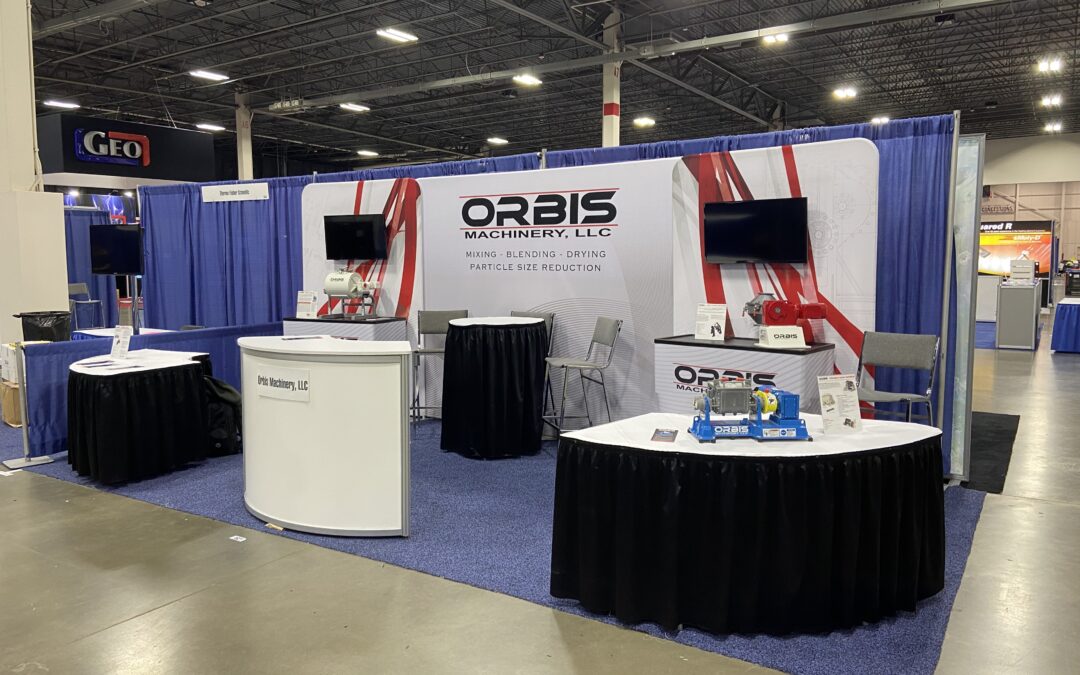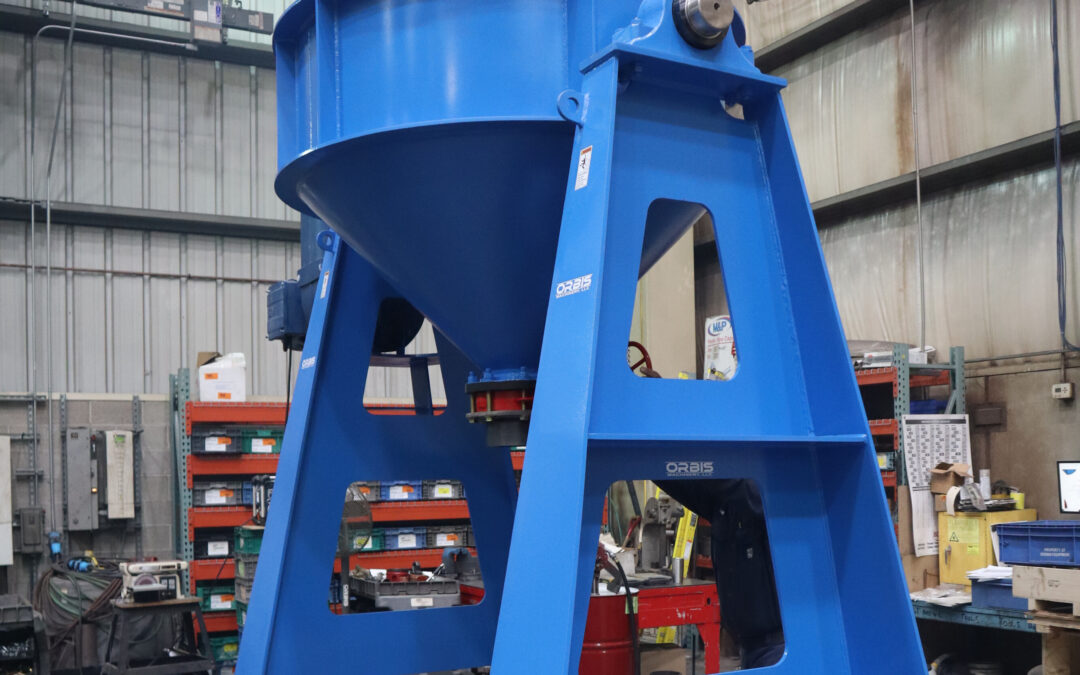Mixing and blending are at the center stage of transforming raw ingredients into food for human consumption in the food manufacturing industry. Mixing and blending are terms with specific meaning in the food industry. Most food manufacturers use the term mixing to describe the process of combining wet and dry materials. The term blending is generally reserved for products like powders, flakes, and granules having varying bulk densities and particle size, requiring mild blending and minimal contact with blender blades. Whatever food or beverage that comes to the mind, it could be argued that something or a variety of things had to be mixed or blended to make it. That means mixing and blending are parts of the most universal aspects of production in food industry.
The rapid growth of dairy, chemical, and food reconstitution has forced food manufacturers to evolve into what they are currently. Today, if the customers aren’t reconstituting, they are probably combining ingredients or batching different recipes. That said, the two most critical elements that food manufacturers must take into consideration in the mixing and blending sector are versatility and speed. Food processors require mixing and blending solutions that provide economy of scale, says JD Larson, DCI Inc. sales engineer. These equipment should give room to increased working volumes and reduced batching time, stand up to increased production cycles, and offer highest cleanability.
Customers desire mixing and blending equipment that could take them through the list of universal food processing priorities including sanitation, high throughput, flexibility, consistency, digital capability, and more. ‘’Think of the productivity benefits in being able to mix once versus three times,’’ says Seitz. ‘’Not only are we mixing fewer times, but we’ve also reduced labor for weighing, screening, and staging prior to mixing. ‘’When running several batches to fill a single order, we were performing these tasks several times. Now those tasks are done only once.’’ All thanks to mixing and blending equipment.
However, universal application breeds universal concerns. According to Gary Seiffer, sales specialist at EnSight Solutions and owner of the Likwifier brand of high-shear mixers, the priorities may be universal, but they’re transforming in emphasis. Seiffer also says: ‘’the concerns have shifted, and we have shifted with them’’. Also, increasing throughput is the biggest reason processors upgrade mixing and blending equipment. And as food manufacturers look to increase capacities with what they have, homogeneous blending in quick and efficient order becomes paramount.
But, the trend is away from homogeneous, ‘’do-it-all’’ equipment and toward more specialization, says Mathew Hartman, senior automation sales engineer at Blentech. ‘’We have seen a shift in thinking,’’ Hartman says. ‘’In the past, we have seen our clients looking for equipment that can do-it-all. Today, we see them asking for highly optimized processes designed for a particular family of products to maximize quality and minimize cost at the same time’’.
Increasing throughput is one of the biggest reasons processors upgrade mixing and blending equipment. The mixing and blending operations must keep pace with an increasing throughput, which could be tricky. However, one of the ways to increase throughput in batches is by upgrading the equipment’s capacity to increase the batch sizes. According to Ken Langhorn, technical director at Charles Ross & Son Co, bigger batches could be achieved by using several mixing receptacles, arranged so that a batch is always being worked on.
Also, using a ‘’solid strategy’’ can have processing gains, especially when combined a solid with a liquid in which it is immiscible. For this strategy to be effective, it requires the solid and liquid to come together to form a suspension.



